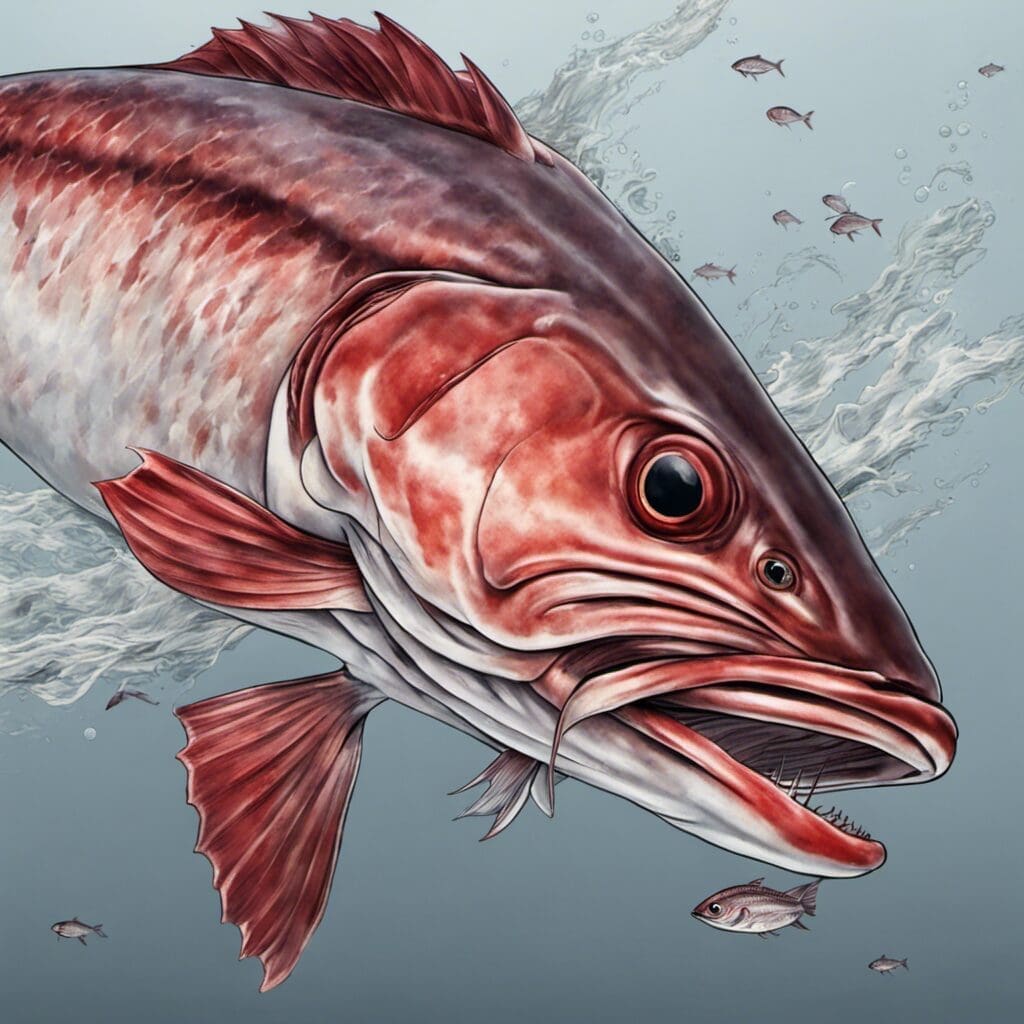Introduction
Species Name
The Red Hake, scientifically named Urophycis chuss, belongs to the Gadidae family and is also commonly known as the squirrel hake or ling.
Conservation Status
According to NOAA Fisheries, the Red Hake is not currently listed under any status of concern. However, monitoring of the species is a regular activity to ensure healthy population levels.
Statistics
Size & Weight
| Average | Range | | |
|---|---|---|---|
| Length | 40 cm | 20-76 cm | |
| Weight | 1.2 kg | 0.5-2.9 kg |
Average Lifespan
Red Hake typically live up to 20 years.
Distribution
Regions/Countries
Red Hake can be found primarily in the western Atlantic Ocean, off the North American coast, from the Gulf of Maine to North Carolina.
Migration Patterns
As fall approaches, Red Hake migrate from the shallow coastal areas to deeper offshore waters for overwintering.
Habitats
Red Hake are found both inshore and offshore in the temperate waters of the Atlantic Ocean. They are demersal and generally prefer to inhabit sandy and muddy bottoms from shallow coastal waters to depths of up to 550 m.
When and Where to See
They are more likely to be seen during spring and summer when they migrate to the shallow coastal waters.
Best Fishing Locations
Top fishing locations for red hake include:
- Nantucket Shoals, Massachusetts
- Long Island Sound, New York
- Georges Bank off Massachusetts
How to Catch
They can be caught using bait such as small mackerel or sea clams. Both trolling and bottom fishing techniques can be successful.
Identification Guide
The Red Hake are distinctively reddish-brown with two dorsal fins and a slender, elongated body.
Culinary
Red Hake has a mild and slightly sweet flavor. It’s commonly used in dishes such as fish tacos, fish and chips, or curries.
Nutritional Information
| Per 100g | | |
|---|---|---|
| Calories | 91 | |
| Protein | 19g | |
| Fat | 1.2g |
Additional Information
Behavior
Red Hake are generally nocturnal, feeding on crustaceans and smaller fish at night.
Predators and Threats
Their primary predators include larger fish like cod and some species of shark. The primary human-induced threat comes from commercial fishing.
References and Further Reading
- Life History of the Red Hake
- Ecology and Management of Red Hake

